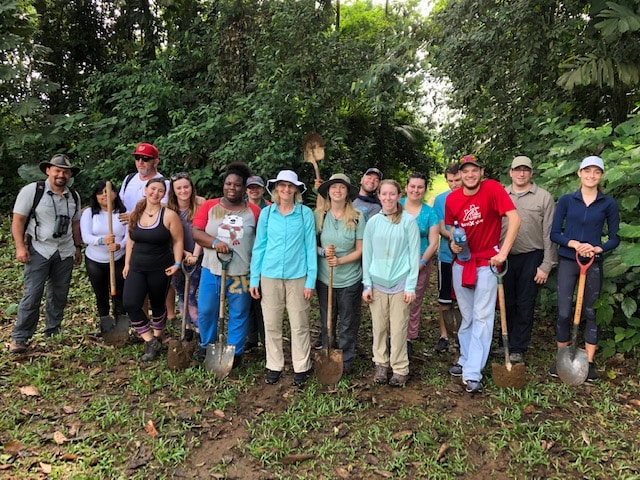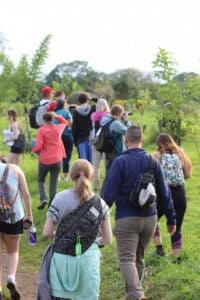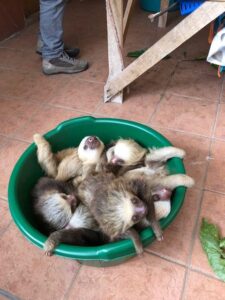
As much of the world struggles to stem or rehab manmade environmental missteps, Beacon College anthrozoology students traveled to Central America in early January to witness innovative ways that man is making amends to Mother Nature.

Beacon College — a nonprofit liberal arts school in Leesburg, Fl. and America’s first accredited baccalaureate program to award degrees to students who learn differently — is the second U.S. institution of higher learning to offer anthrozoology as an undergraduate major.
Ogle picked Costa Rica to visit because until the 1980s the democratic nation owned the highest rate of deforestation in Latin America. Today, Costa Rica sets aside more than one-third of the country for ecosystem conservation. It also stands on the vanguard of sustainability and habitat reconstruction efforts, Ogle said.
According to an article in The Guardian, “Costa Rica has gained a worldwide reputation among tourists for its stunning biodiversity — 5 percent of the world’s total within 0.1 percent of its landmass — varied terrain and at least six distinct types of ecosystem.”

During the six–day trip, the group — including Beacon Provost Dr. Shelly Chandler and anthrozoologist Bryan Cushing — stayed at the Selva Verde Lodge & Reserve. The eco-lodge rests in the Sarapiquí region of Costa Rica (city of Chilamate) and stands on a 500-acre rainforest preserve.
Students several times explored the rainforest.
They participated in guided hikes that highlighted the ecosystem, flora and fauna, and forest conservation efforts. One hike led students to a tree estimated at more than 600 years old. The woodsy methuselah stands as the habitat’s cornerstone.
Throughout the expedition, students attended lectures by local biologists and learned more about the biological corridor project and specific recovery efforts in the area, Ogle said.
The adventurers also explored the area on a river safari, visited a local cacao plantation, toured a wildlife rescue and rehabilitation center, and spent one planting more than 100 canopy tree seedlings in an area undergoing reforestation.